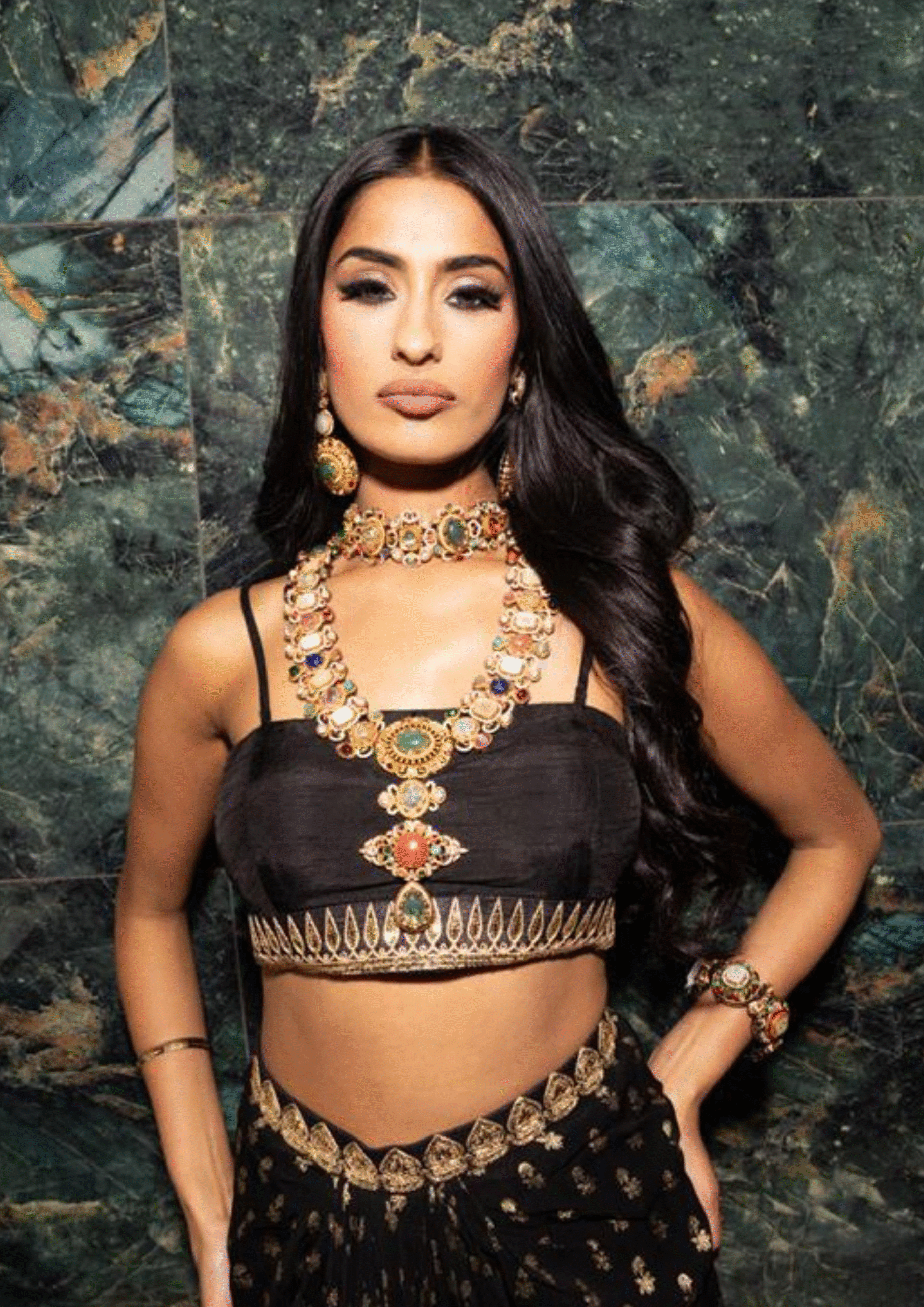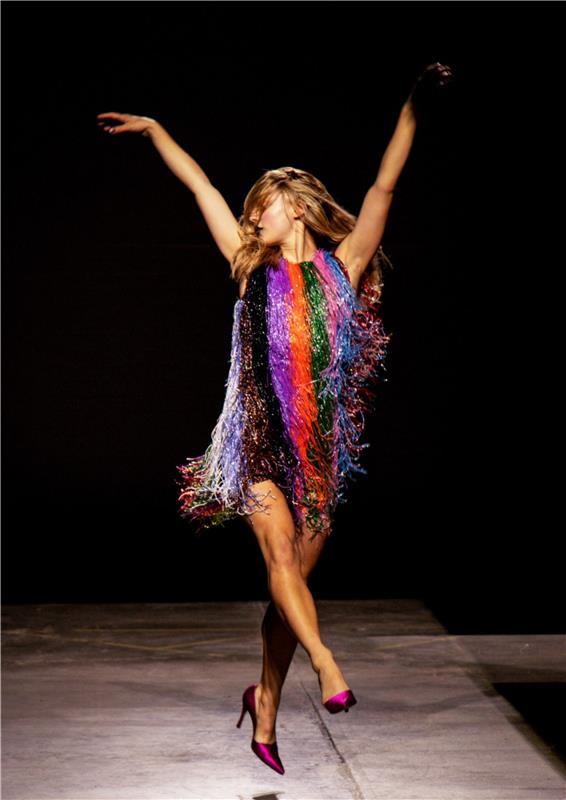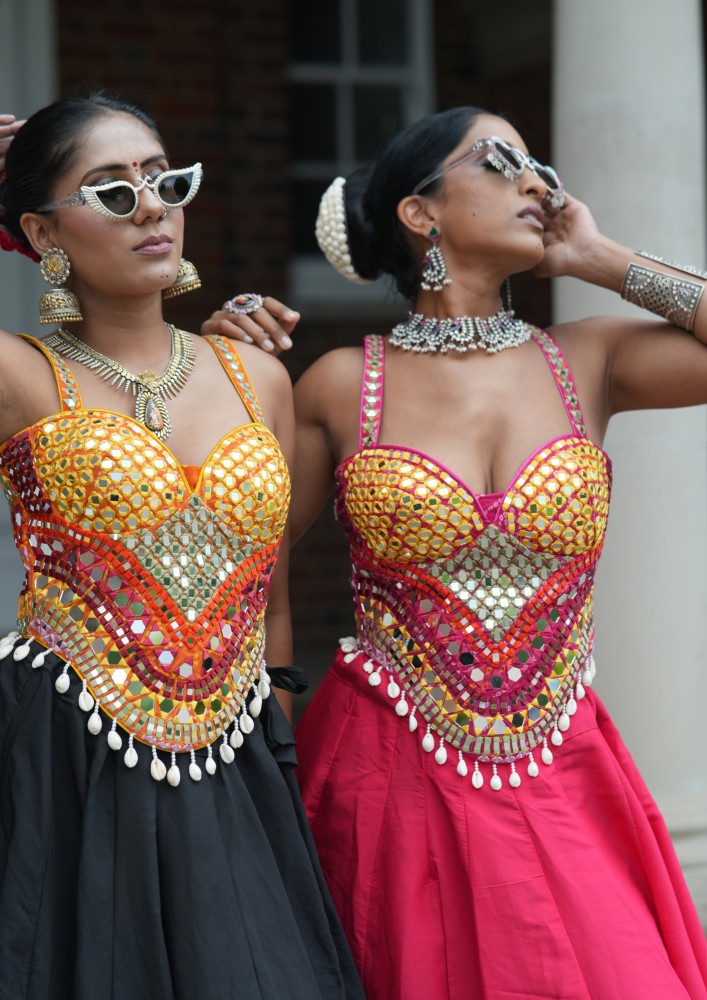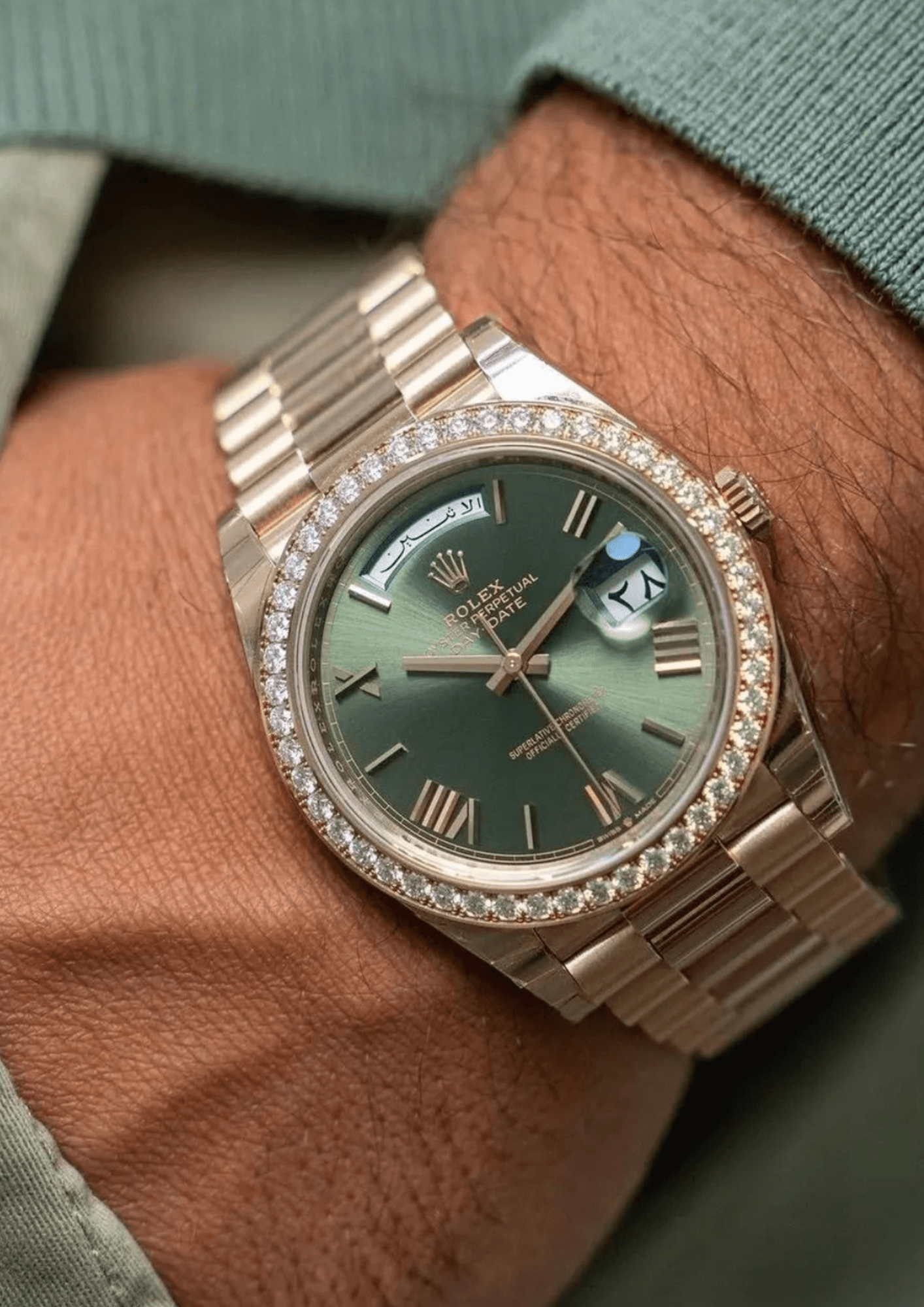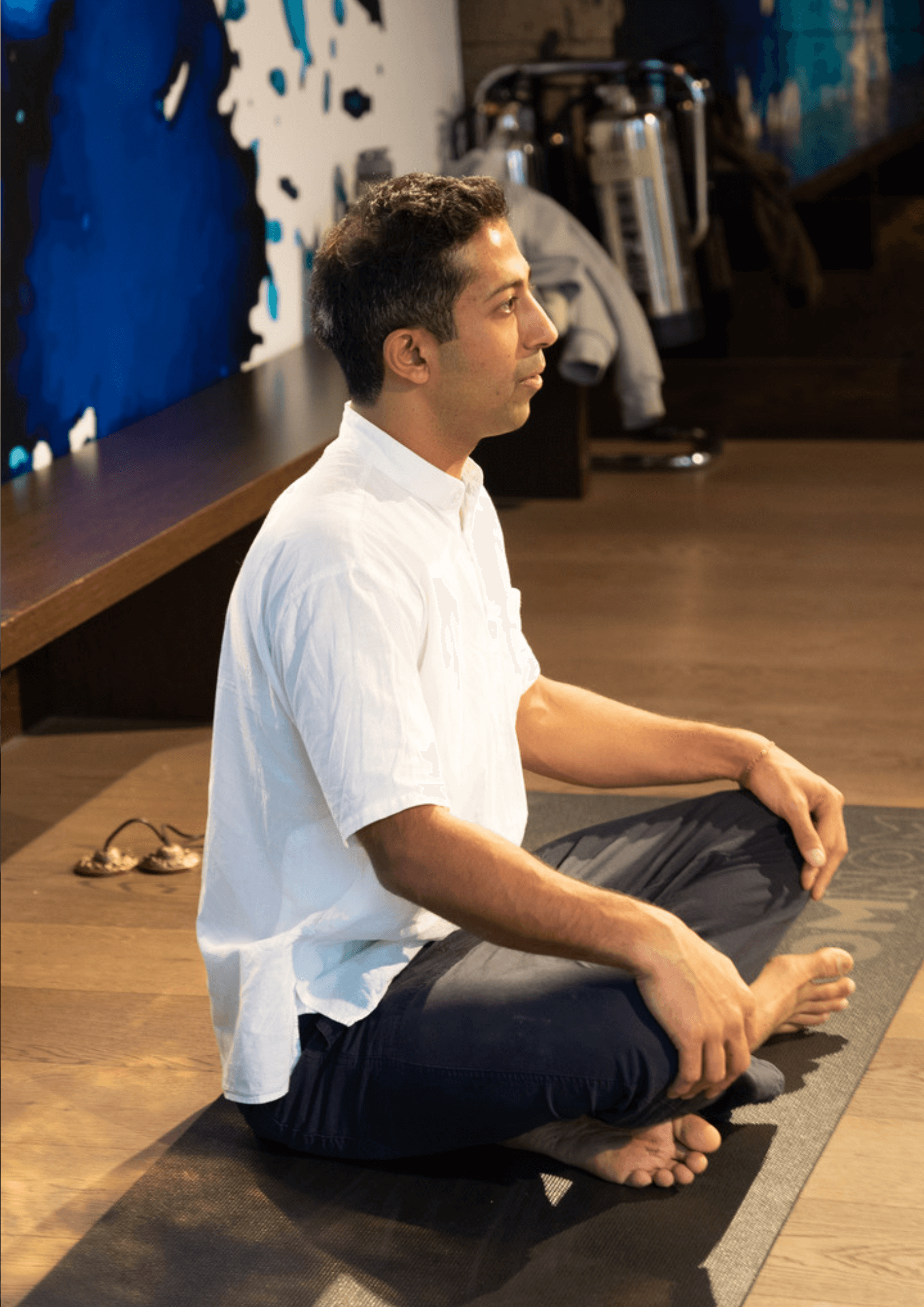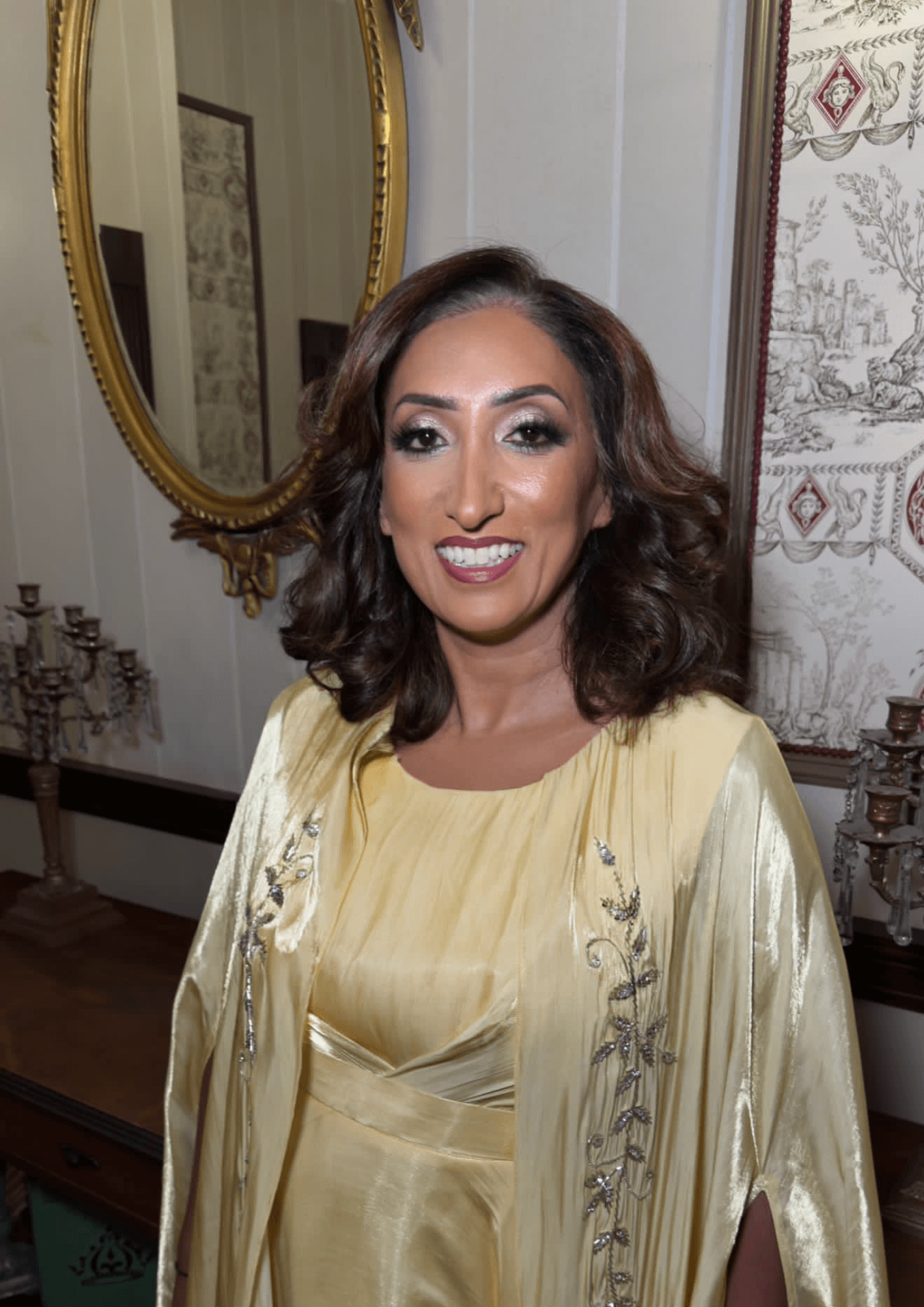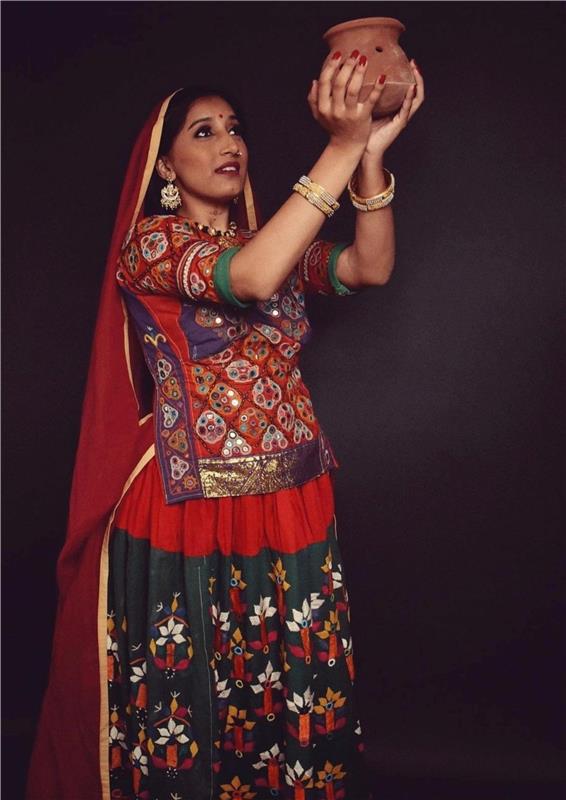
Navratri is one of the most powerful celebrations of the feminine divine. We sat down with Parle and Vibs – founders of House of Ruhi – to reflect on what the festival means to them and how tradition continues to evolve through clothing and colours.
Navratri is such a powerful celebration of the feminine divine. What does the festival personally mean to you and your team at House of Ruhi?
For us, Navratri is both a milestone and a renewal. It marks the arrival of Shakti into our homes and gives us nine nights to celebrate through dance, music, prayer, and togetherness. It’s a time to look forward while reflecting on the year gone by. Most of all, it’s about honouring the women who shape us – our mothers, sisters, grandmothers, and even those who are no longer here. For me, memories of my grandmother and the stories passed down through generations always resurface at this time. Spiritually, it’s also about Saraswati, the embodiment of knowledge, art, and wisdom, reminding us that creativity itself is sacred.
Each of the nine days is tied to a colour. Could you share what these colours mean?
Different communities have different traditions, but some colours hold strong symbolism. On Atam – the eighth day, when Adyashakti defeated the demon Mahishasura, we wear red. Seeing an entire room filled with different shades of red is so powerful. On Satam, I wear green, a colour loved by Mataji and symbolising life and nature. On Sharad Purnam, the full moon day, we wear white, offering a final chance to celebrate if you missed earlier nights. These colours root us in both history and meaning, while still allowing for individuality.
How do you see fashion and design playing a role in keeping these traditions alive today?
Fashion has always been central to Navratri in my family. Bandhani, leheriya, ikkat, and patola weaves are part of the celebration, keeping age-old crafts alive while supporting artisans. Many mothers also pass down their chaniya cholis to daughters or daughters-in-law, creating legacies that are deeply sustainable. Fashion here isn’t superficial – it’s heritage, continuity, and memory stitched into fabric.
The daily colours of Navratri carry deep symbolism – from strength to prosperity to devotion. Which colour resonates most with you?
I’m always drawn to reds, oranges, purples, blacks, and mustard yellows. Perhaps because Navratri coincides with autumn in the UK, these colours feel so timely. What I also love is that, unlike other festivals where black can be taboo, Navratri embraces it. It feels like the Divine Mother giving us permission to express ourselves freely.
How do you translate these symbolic meanings into your work?
Our design language draws on Gujarat’s iconic crafts – bandhani, leheriya, block prints, ikkat, patola – paired with storytelling through colour. Warm tones, in particular, resonate with Shakti and femininity. Even when we experiment with unconventional palettes, we always return to classics like red, green, black, and orange.

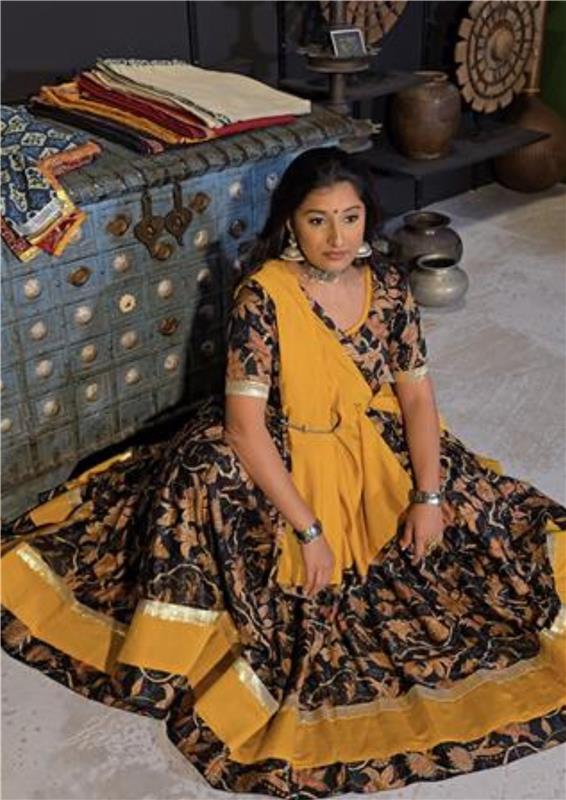
How do younger generations embrace Navratri while expressing individuality?
There’s so much room for individuality. I see siblings sharing a chaniya but styling it completely differently – changing blouses, dupattas, even hair and makeup. Navratri allows that freedom, but also unites everyone when the garba begins. Today’s younger generation asks more questions about the festival’s meaning while still finding ways to have fun, which feels like the perfect balance.
Do you think social media has transformed how traditions like Navratri are celebrated?
Completely. Social media allows someone in a remote corner of the world to learn garba steps, buy clothing, and connect with the community. Of course, there are moments of excess when trends take over, but overall it’s been a positive force – bringing global visibility and accessibility to traditions.
What role do you hope House of Ruhi plays in bridging heritage and modern expression?
We want to challenge the culture of fast, disposable fashion by returning to quality craftsmanship. South Asia has been at the forefront of textile excellence for centuries, yet the market is now flooded with poorly made garments. At House of Ruhi, we focus on garments you can cherish, resell, or pass down – pieces that combine traditional silhouettes with modern prints or unexpected colour pairings. Above all, we design Navratri wear that allows comfort and joy while playing garba.
If you could sum up this year’s Navratri in one word, what would it be?
Love. Navratri is ultimately about love – for the divine mother, for our families, and for the communities we celebrate with. It’s what connects every prayer, every step of the dance, every night under the lights.

